Search Images
Browse Content (p. 247)
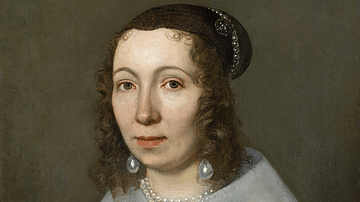
Image
Portrait of Maria Sibylla Merian
A 1679 oil-on-canvas portrait by Jacob Marrel of Maria Sibylla Merian (1647-1717), the German naturalist and illustrator. (Kunstmuseum Basel)
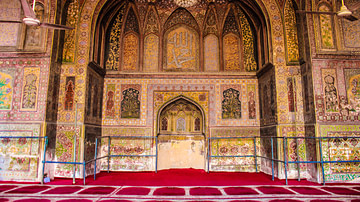
Image
Wazir Khan Mosque, Lahore
Wazir Khan Mosque, Lahore, Pakistan, built between 1634 and 1641 under the reign of Mughal Emperor Shah Jahan and named after the renowned physician and later Viceroy of Punjab Hakim Ilmud Din Ansari, who was given the title "Wazir Khan"...
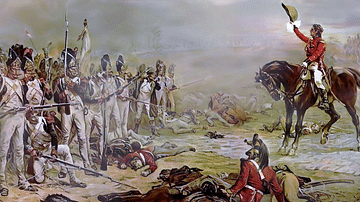
Image
Lord Hill Invites the Last Remnants of the French Imperial Guard to Surrender
General Roland Hill, 1st Viscount Hill asks the French Imperial Guard to surrender at the end of the Battle of Waterloo (18 June 1815); according to legend, a French officer replied, "The Guard dies, it does not surrender." Painting by Robert...
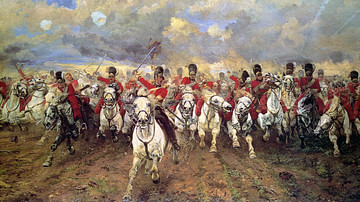
Image
Charge of the Scots Greys
Charge of the Scots Greys at the Battle of Waterloo (18 June 1815); originally titled "Scotland Forever!", oil on canvas by Elizabeth Thompson, 1881.
Leeds Art Gallery.
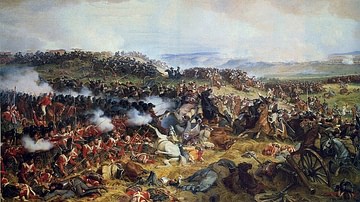
Image
British Squares Halt the French Cavalry Charge at Waterloo
The Battle of Waterloo: The British Squares Receiving the Charge of the French Cuirassiers (18 June 1815), oil on canvas by Henri Félix Emmanuel Philippoteaux, 1874.
Victoria and Albert Museum, London.
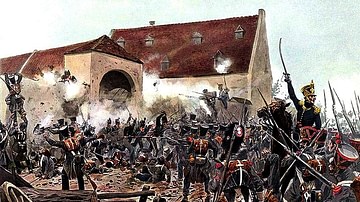
Image
Storming of La Haye Sainte
Storming of La Haye Sainte by the French during the Battle of Waterloo (18 June 1815). Painting by Richard Knötel.
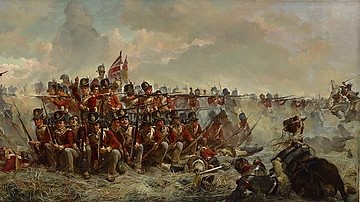
Image
The 28th Regiment at Quatre Bras
The British 28th Regiment forms square during the Battle of Quatre Bras (16 June 1815), one of the engagements that preceded the Battle of Waterloo two days later. Oil on canvas by Elizabeth Thompson, Lady Butler, 1875. National Gallery...

Image
House of Tudor Family Tree
An infographic illustrating the genealogy and royal succession of the House of Tudor that held the throne of England and its realms from 1485 to 1603. With predominantly Welsh origins in the male line, the dynasty descended from the Tudors...
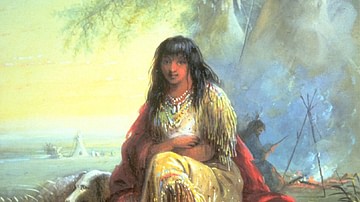
Image
Sioux Girl
Indian Girl (Sioux), watercolour by Alfred Jacob Miller, between 1858 and 1860.
Walters Art Museum, Baltimore.
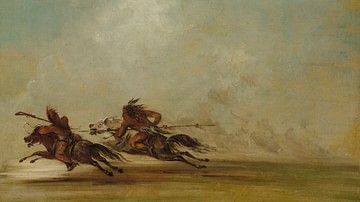
Image
Comanche Warrior Lancing an Osage
Comanche Warrior Lancing an Osage, at Full Speed, oil on canvas by George Catlin, 1837-1839.
Smithsonian American Art Museum, Washington, DC.